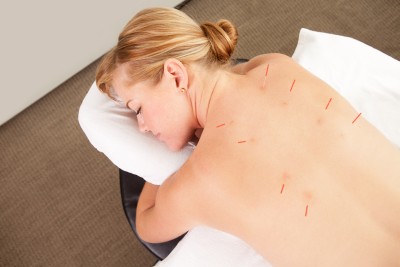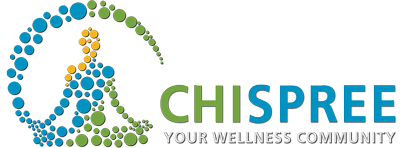Get to the Point – Acupuncture
Acupuncture, a successful tradition
 One of the treatment methods of Traditional Chinese Medicine (TCM), acupuncture involves the stimulation of specific points by inserting a needle under the superficial layers of the skin. From the Chinese Medical perspective, the needling at these points is meant to regulate the body’s energy (Chi, Qi, or Ki), blood or fluids of the body to bring about a harmony of yin and yang energy.
One of the treatment methods of Traditional Chinese Medicine (TCM), acupuncture involves the stimulation of specific points by inserting a needle under the superficial layers of the skin. From the Chinese Medical perspective, the needling at these points is meant to regulate the body’s energy (Chi, Qi, or Ki), blood or fluids of the body to bring about a harmony of yin and yang energy.
The needles used during an acupuncture treatment are filiform in nature; this means they are solid, not the hollow needles that are used for blood draws or immunizations. These needles are not as thick as the hollow needles as well; the median thickness of an acupuncture needle is 0.22 millimeters(mm), compare that to the thickness of hair which is between 0.04 and 0.25 mm. Needles are generally not painful or even felt by the patient.
The points stimulated during an acupuncture treatment mostly fall along the energy pathways of the body known as channels or meridians. The points are not chosen randomly, but are specifically selected on an individual basis by the practitioner based on a pattern derived from the four diagnostic methods: observation of the patient, hearing and smelling, asking the patient about their condition, and palpation or feeling the affected area of the body.
Acupuncture can be an effective treatment for many common conditions and injuries including muscular and skeletal conditions and injuries, headaches, some respiratory and heart conditions, sleep disorders, stress, and many others. Try acupuncture as a natural, time-tested treatment. Contact the Author, or browse our Merchant Directory to find a local Acupuncturist in your area.
Sources: Wiseman, N., & Feng, Y. (1998). A Practical Dictionary of Chinese Medicine (2nd Edition). Brookline, MA & Taos, NM: Paradigm Publications.
J. O’Conner, & D. Bensky (Eds.) (1981) Acupuncture: A Comprehensive Text. Seattle, WA: Eastland Press
Author: Matthew Truhan, Licensed Acupuncturist of San Diego, CA






